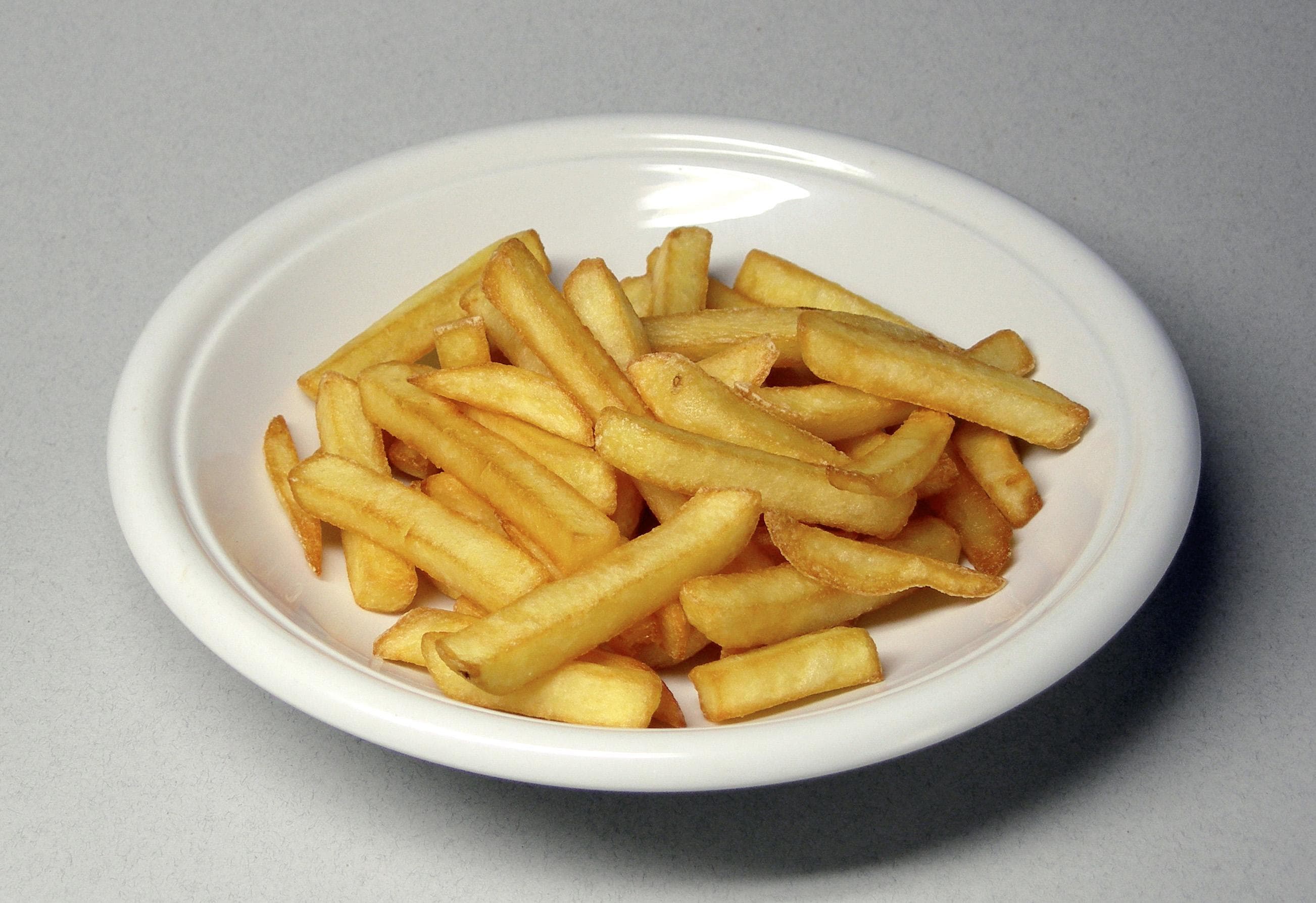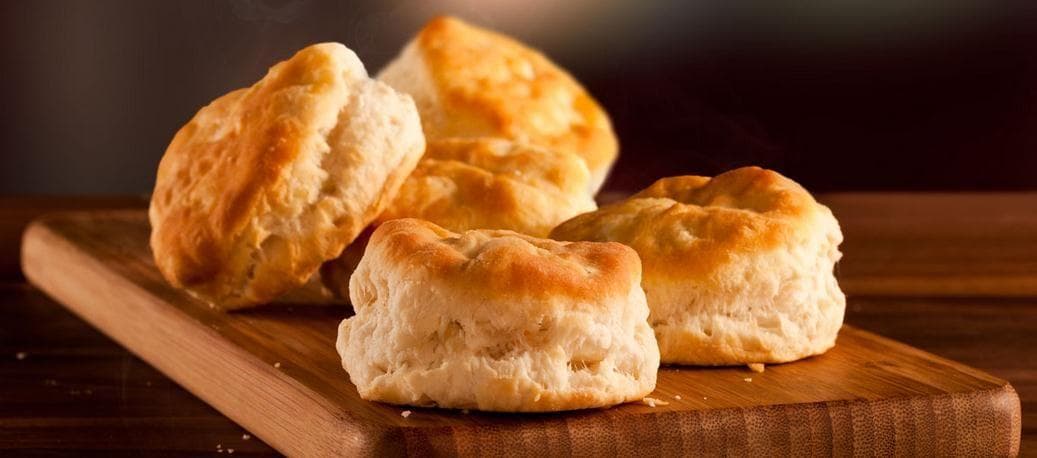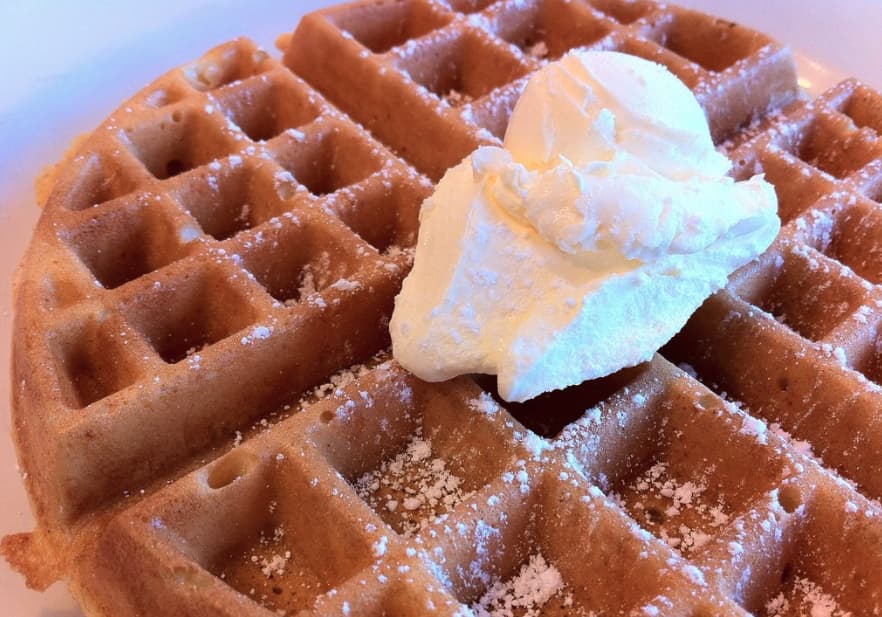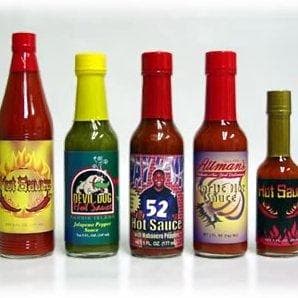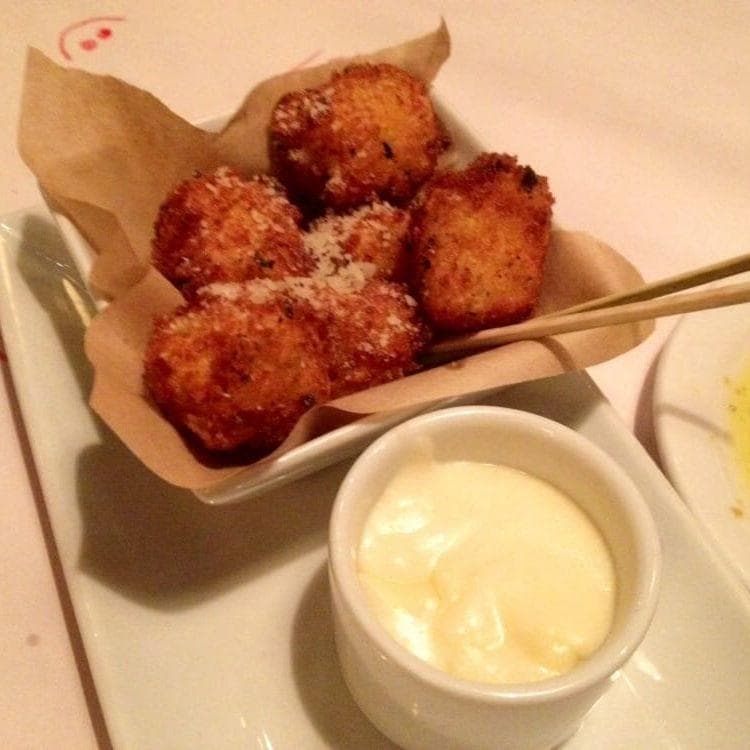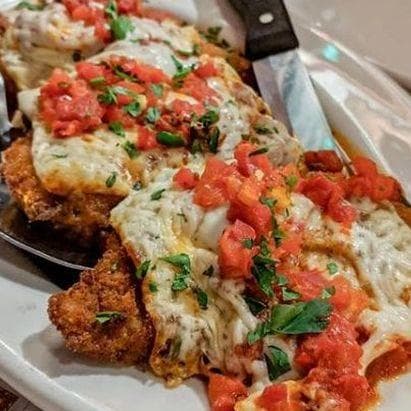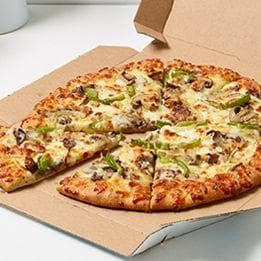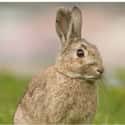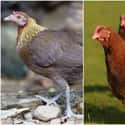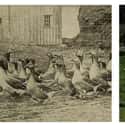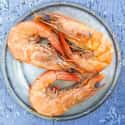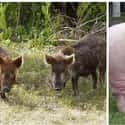-
(#10) Rabbit
All of the 60 recognized domestic rabbit breeds descended from the European rabbit. Spain was the original "land of rabbits"; when the Romans arrived in 200 BC, they began to domesticate them, raising the rabbits for their meat and fur. Selective breeding has led to some variations that look extremely different than the rabbit's ancestors; for example, lop rabbits have much longer, flopped-over ears, and Flemish Giants are the size of medium-to-large dogs.
With the spread of industrialization in the 19th century, people began moving to towns and cities and bringing rabbits with them as domestic pets, though they were merely bred for meat and fur up until then.
As showing rabbits became popular, the evolution of fashion and social trends greatly influenced breeding, causing some rabbit aesthetics to change dramatically. According to experts in rabbit history:
Apart from poultry, [rabbits] were the only "farm" animal to be practical to keep in town. Although many of these rabbits were bred for meat, it became increasingly common among the rising middle classes to keep rabbits as pets... Others were developed through cross-breeding, particularly with rabbits imported from other countries as a result of increasing travel in Europe. Many breed societies and clubs were established.
-
(#3) Domestic sheep
- Ovis aries
Most sheep breeds are thought to have descended from the European mouflon. Robert Bakewell, who had a hand in developing several domestic species in the 1700s, bred the sheep for both meat and fiber production. Many sheep raised today are dual-purpose, which means they are raised for both their meat and different varieties of wool. Experts think their multifunctionality and "ability to adapt to local environments" are both reasons why sheep have become so essential to agricultural production through the ages:
Many of the characteristics in sheep breeds, such as tolerance to temperature variations, may be responses to climatic differences, such as day length, seasonality, UV and solar radiation, precipitation, and humidity.
At the same time, reports say lamb and mutton consumption in the United States decreased significantly after WWII. Harsh conditions and socialized perception both may be to blame, but sheep farmers in the modern day rely more on wool and other byproducts from sheep than meat.
-
(#7) Laying Chickens
Chickens were domesticated since 2,000 BCE. All the varieties descended from just four species found in the jungles of Asia, but today's chickens are bred to suit the needs of mass production. Though their meat-producing cousins are the ones who have been bred to have larger bodies, egg-laying hens have also ended up with much larger bodies - and much larger eggs - than their predecessors.
Though at first they reportedly selected hens for breeding based on weaning out disease, farmers soon realized they could maximize output of hens. The goal then became to develop super-chickens that rarely take breaks from egg-laying routines.
As a result, each modern hen lays around 200 eggs per year, whereas wild or roaming chickens lay only a handful once a year.
-
(#9) Goose
Geese were historically kept for a variety of reasons: their meat, feathers, eggs, and to be raised for foie gras - literally "fatty liver" in French. They were selectively bred over the years to grow much larger than their wild counterparts and bear fatty pads in their abdominal areas.
They were also bred to have white feathers - rather than brown - to walk in a more upright position and not be able to fly as well, which made them easier to keep.
-
(#4) Shrimp
Shrimp is the most widely consumed seafood in the United States, and many kinds of seafood are generally considered to be a healthy source of Omega-3s and other proteins. However, the shrimp-as-food seascape has changed a lot since the farming of shrimp began in Asia in the 1400s, where they were culled from small ponds and local ecosystems. In recent decades, farm sizes have grown exponentially, and modern technology is allowing farmers to produce much larger shrimp than they could find in the wild.
However, as journalist and author of Real Food, Fake Food Larry Olmsted pointed out, this is somewhat controversial since much of the shrimp is imported into the US without inspection or even adherence to any regulations; in seafood farms overseas, the creatures are reportedly often pumped with illicit substances. According to Olmsted:
Most of the shrimp raised on farms today live in actively managed ponds and are fed artificial food sources, all calculated to obtain maximum growth. Farmed shrimp are now on average much larger than shrimp caught in the wild, depending on the species.
A Government Accounting Office review of seafood fraud was highly critical of the FDA’s oversight of imported shrimp and found that after the FDA banned the import of Chinese-farmed shrimp in 2007, due to the presence of unapproved drugs, Chinese suppliers simply shipped the shrimp to Malaysia, relabeled it from there and imported millions of dollars’ worth of the drug tainted shrimp into the US anyway. Called “transshipment,” this happens with shrimp and seafood all the time.
-
(#6) Pig
- Sus
Modern-day domestic pigs are almost unrecognizable from their ancestors, which had wiry coats; were dark brown, gray, and black in color; and had long tusks. They were most likely domesticated 9,000 years ago in Asia. Today's farm-raised pigs are a non-threatening shade of pink (though some heritage breeds sport other colors), lack tusks, and are considerably larger. Pigs of all breeds have been bred for mass food production, yielding tender and fatty meat.
Though the FDA prohibits growth hormones in the development of pork, the Austin Chronicle reported that as the popularity of raising pigs for pork skyrocketed from Christopher Columbus's time onward in North America:
The trend was for developing herds that produced higher numbers of offspring and pigs that were leaner (resulting in better feed efficiency). Husbandry methods emphasized control of diseases caused by huge factory pig-raising techniques, introducing the use of prophylactic antibiotics. Pork had become "the Other White Meat."
New Random Displays Display All By Ranking
About This Tool
We all know that evolution is a very long process, at least it takes more than a thousand years. However, this situation was completely changed after the rise of human beings. Since humans began to domesticate animals, they have made certain animals different from their ancestors through selective mating in captivity, finally, these animals can be delicious food bred by humans who control their reproduction and breeding.
The random tool introduced 14 common animals in our daily life what how they look like before becoming foods of humans. Human activities have affected the habitat of animals and even changed their living habits, eventually leading to their evolution into what is familiar to humans.
Our data comes from Ranker, If you want to participate in the ranking of items displayed on this page, please click here.



